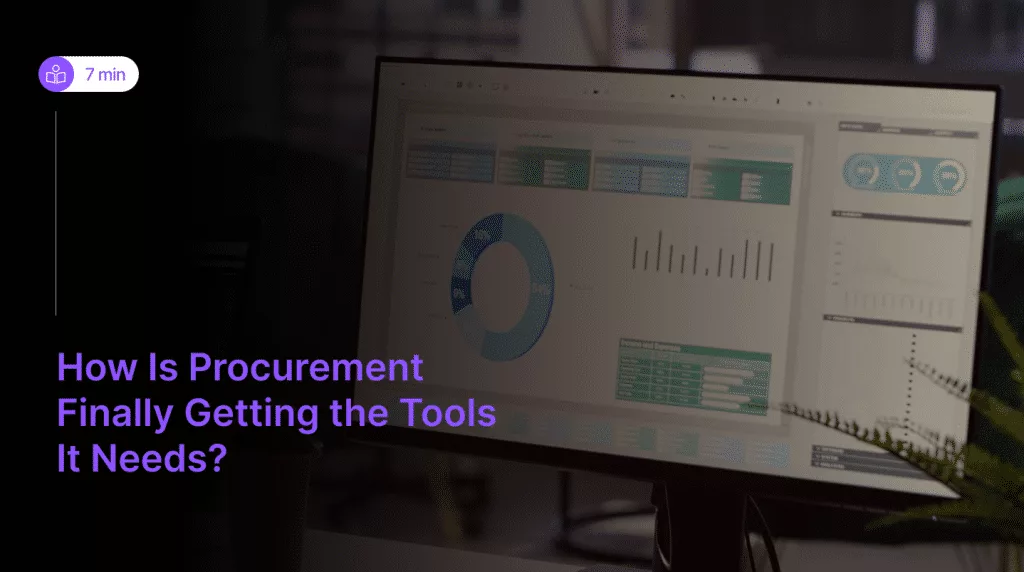
In the dynamic landscape of modern technology, the adoption of DevOps and its security-oriented counterpart, DevSecOps, has surged exponentially. According to recent statistics, over 80% of organizations have incorporated DevOps practices to streamline their software development and delivery processes. Furthermore, the DevSecOps approach, which integrates security at every stage of the software development lifecycle, has witnessed a significant rise in implementation, with nearly 70% of enterprises integrating security practices into their DevOps initiatives.
As businesses increasingly rely on cloud-based infrastructure and digital applications to remain competitive, ensuring robust security measures becomes paramount. DevSecOps emerges as a game-changer, transcending traditional siloed approaches to cybersecurity. By fostering collaboration among development, operations, and security teams, DevSecOps facilitates rapid, reliable, and secure software deployment.
DevSecOps helps businesses to improve their security posture without compromising speed and agility by placing a strong emphasis on continuous testing, early threat detection, and automated security checks. Join us on this educational trip as we investigate the underlying principles for constructing a robust and safe DevSecOps framework in the always changing tech ecosystem.
What is DevSecOps?
The combination of Development, Security, and Operations, or DevSecOps, has become a key paradigm in the tech sector. DevSecOps improves the overall cybersecurity posture of enterprises by incorporating security practices at each level of the software development process. Its significance comes from its capacity to promote collaboration between the development, operations, and security teams, resulting in a seamless method of developing and deploying secure software.
DevSecOps adoption enables the IT sector to proactively detect and mitigate security vulnerabilities, reduce risks, and assure compliance, all while preserving the agility and speed necessary in today’s competitive landscape. DevSecOps becomes a non-negotiable cornerstone for protecting digital assets and maintaining consumer confidence as cybersecurity threats continue to advance.
Best Practices for DevSecOps
Following are 8 of the best practices you should implement in your workplace for implementing and getting all the benefits of DevSecOps.
1. Prioritizing Developer Security
DevSecOps technology that works with existing processes must be made available to developers. Security inside development workflows must be as automated as feasible in order to accomplish this.
2. Providing accurate information to the team
Companies must exert extra effort to ensure that teams only receive the information that is essential to each of them because security, development, and operations teams have different objectives. As examples, consider the following:
- Role-based information streams
- Improve the accuracy, action ability, and immediacy of reporting
- Increase the ratio of signal to noise.
Rather than having to sort through alerts and memoranda, this will enable teams to act on the information that is most pertinent to them.
3. Offering Security Contexts
Security warnings are great, but non-security personnel must be given specific instructions on how to react to them. This entails explaining the context of a vulnerability, including its how and why, as well as how to resolve it using the IDE or CLI.
In order for engineers to really comprehend secure coding methods and vulnerability mitigation, it’s crucial to provide some sort of security education.
4. Accountability for Security
Security must be taken ownership of by someone, otherwise it won’t be done. Create a security champions program to do this and assign a security point of contact to each team.
Encourage cooperation between the security and development teams throughout the entire stack. Ownership boundaries must be defined clearly, and cross-functional teams must agree on them. It all comes down to knowing which teams are in charge of each development area and who is in charge of securing it.
5. Working on a DevSecOps maturity model
What direction are your teams taking as they implement and develop your company’s DevSecOps best practices? And how does your company’s road map for success in security look?
A plan should be established before you begin your work. In order to set up security boundaries and standardize incident response procedures, beginners can utilize industry-standard maturity models. Also, your company should routinely assess its security maturity level. You can then determine your successes and plan your further actions.
6. Continuous Improvement
Principles like identifying opportunities for change, measuring and systematizing processes, and reducing variance, faults, and cycle durations are all part of the continuous improvement approach.
This translates to continuous security testing, enhanced work procedures, and decreased resource waste in a DevSecOps framework. Additionally, it implies that your team prioritizes which problems need to be fixed first and that your security program will continue to develop in response to emerging threats and altering business goals.
7. Determine success
Work together with the appropriate stakeholders to determine the KPIs you’ll employ to gauge security. Then, as you work to enhance security, use these reliable benchmarks. Here are a few illustrations of measurable KPIs:
- The quantity of critical vulnerabilities in your applications
- The number of vulnerabilities that have been fixed (i.e. how many issues were fixed during production)
- The Average Time to Discover (MTTD)
8. Free exchange of ideas
The public transportation systems in London have a one-liner posted on its trains that reads, “See it, say it, and sort it.” Similar to this, flaws must be corrected in a transparent, unambiguous manner.
Yet, this is only possible with effective communication. Team members ought to be free to “see, say, and sort” security flaws without suffering consequences. Promote a climate of open dialogue both inside and between teams, and recognize and reward team members who identify problems.
Conclusion
In conclusion, implementing DevSecOps best practices is an indispensable strategy for organizations striving to thrive in the fast-paced and ever-changing world of technology. By blending development, security, and operations seamlessly, DevSecOps transcends traditional approaches, revolutionizing software development and delivery.
Emphasizing automation, collaboration, and continuous monitoring, these eight best practices provide a solid foundation for building a robust and secure software pipeline. So, let us embark on this transformative journey and embrace the power of DevSecOps to pave the way for a more secure and successful future in the tech industry.



